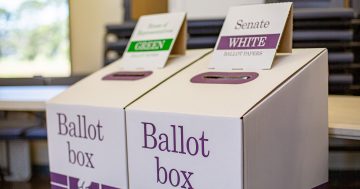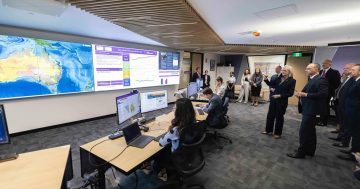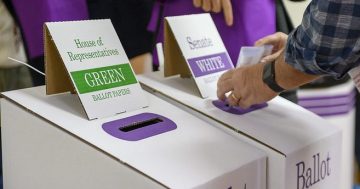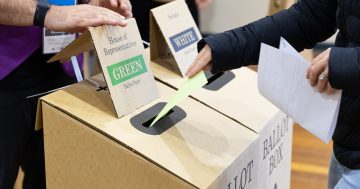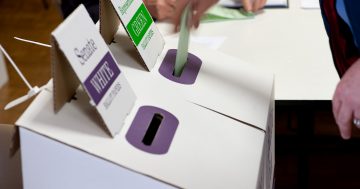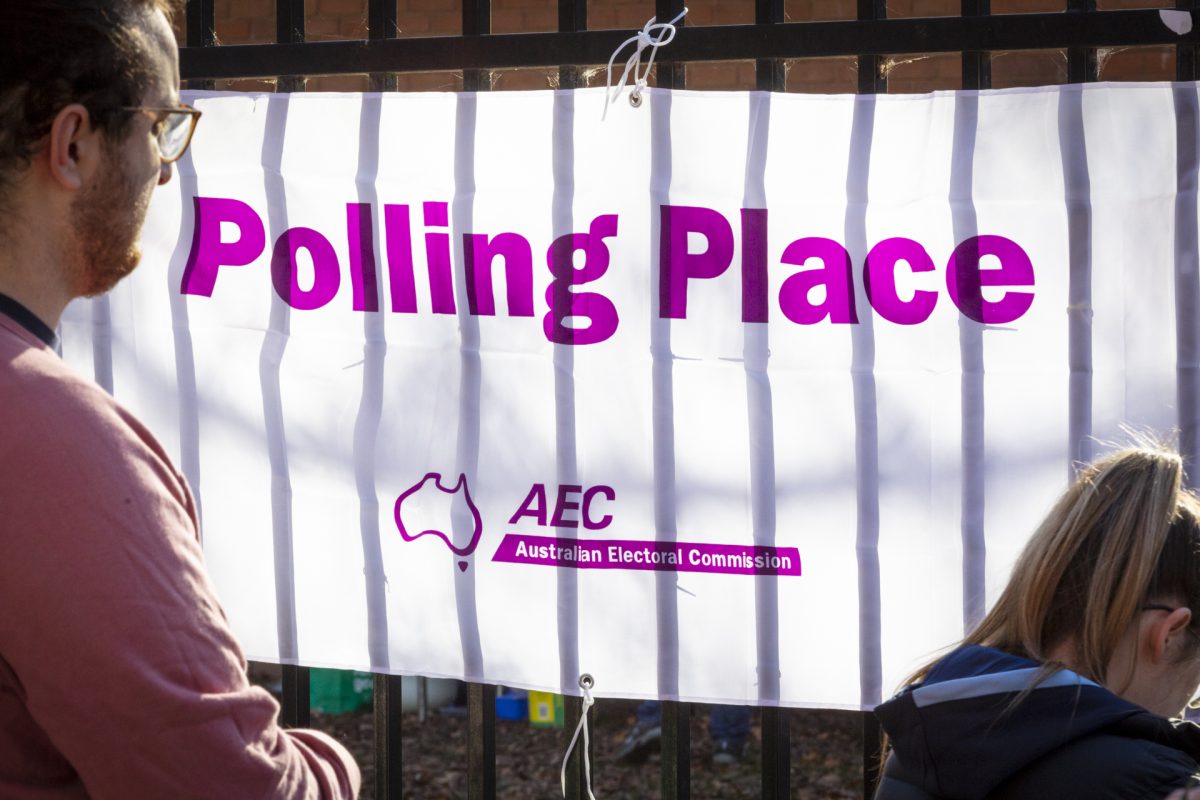
Enrolment has closed for the Voice referendum. Photo: AEC.
Enrolment to vote in the Indigenous Voice to Parliament referendum has closed, with record rates of participation being recorded by the Australian Electoral Commission.
The last chance for Australians to enrol to vote or update their enrolment details was 8 pm on Monday (18 September).
While final numbers are yet to be released, the AEC estimates the national enrolment rate to be at least 97.5 per cent.
That’s up from 97.1 per cent at the end of last year, placing more than 17.5 million Australians on the electoral roll in time to vote at the 14 October referendum.
Australian Electoral Commissioner Tom Rogers has described the upward trajectory of enrolment numbers as a “phenomenal success story” and a “modern democratic miracle”.
He said enrolment went up nationally and across every state and territory, with about 15,000 enrolment transactions submitted every day since the announcement of the referendum.
“The success hasn’t happened by chance – we look at it carefully every day. We’ve adopted new solutions to get people enrolled and they’re working,” he said.
“If Australia’s enrolment is not the best in the world, it’d be incredibly close. My international counterparts are often flabbergasted at how we get enrolment so high.”
The commissioner said the referendum will be the best democratic base for participation Australia has ever had for any electoral event.
The Indigenous enrolment rate is estimated at 94.1 per cent, the first time it has reached above 90 per cent, up from 74.7 per cent since 2017.
More than 60,000 Indigenous Australians have enrolled to vote since the end of last year, with every state and territory improving.
Meanwhile, most Australian households have received the referendum booklet.
As the delivery process finalises, the AEC has also reminded members of Australia’s multicultural communities that translated versions of the booklet are available on the AEC website.
The booklet contains the official Yes and No cases written by parliamentarians and a four-page AEC guide to participation in the referendum.
Copies of the booklet in 34 languages are on the AEC’s website. Translations of the brochure in First Nations languages are also progressively being made available on the website.
Versions in alternative formats for people who are blind or have low vision are also available on the website or by calling 13 23 26.
“The AEC is not interested in which way the result of an election or referendum goes,” Mr Rogers said.
“We care about participation, and these enrolment rates show just how hard we work to make sure people are ready to vote.”
Since the referendum writ was issued, the expenditure period related to financial disclosure requirements is now known and in effect.
“The referendum expenditure period commenced six months before the writ was issued. If you are active in campaigning or making donations for the referendum from 11 March until 14 October 2023, you may have an obligation to disclose that information and you will need to keep appropriate records,” Mr Rogers said.
“Campaigning that incurs expenditure over $15,200 during the period will need to be reported.”
The same timeframe and threshold affect donors. There are disclosure obligations if total donations are more than $15,200 to a campaign.
Postal vote applications close at 6 pm on Wednesday, 11 October.
Original Article published by Chris Johnson on Riotact.


